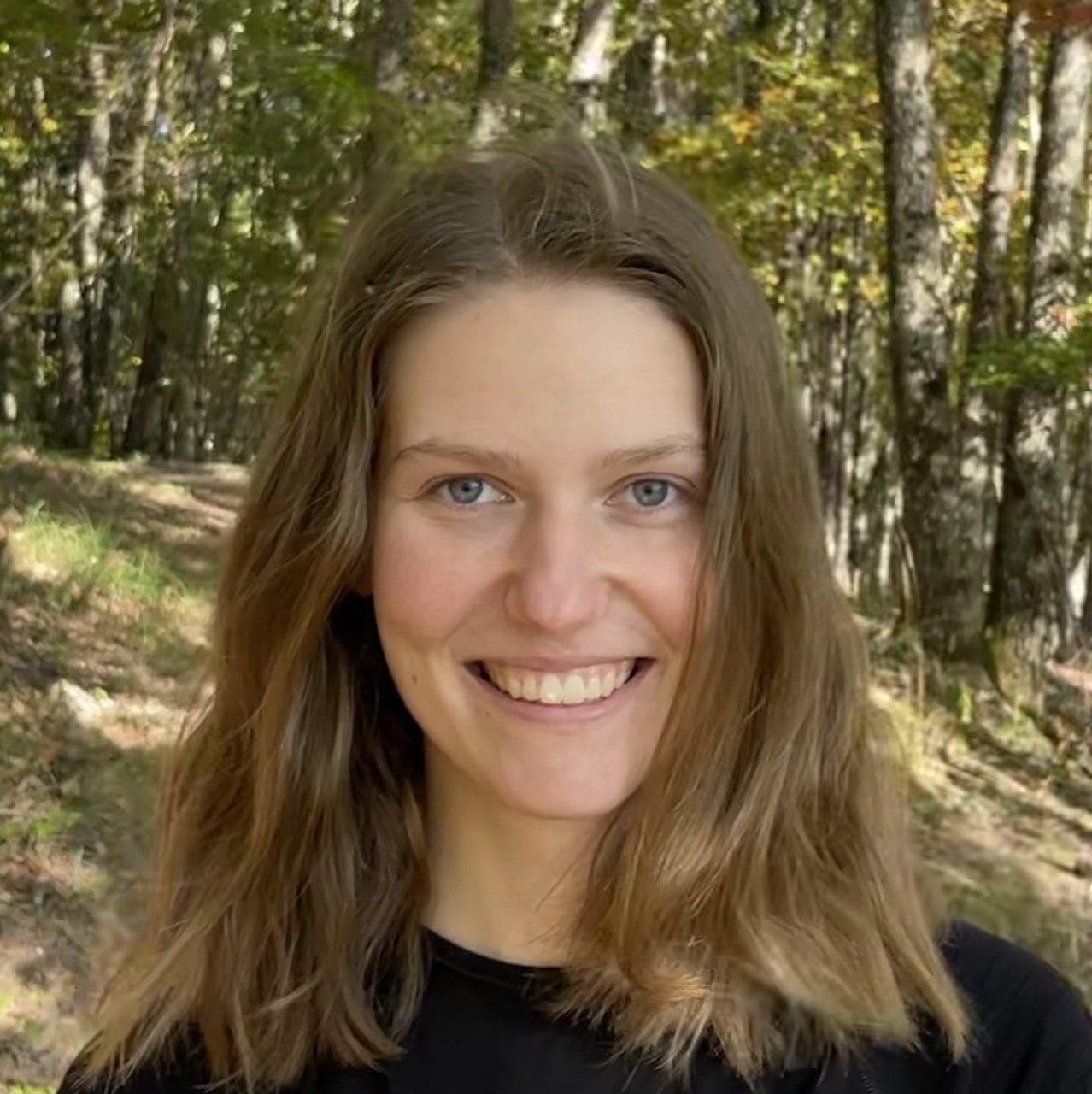Freya Behrens, PhD student at EPFL
The cavity method is a powerful tool from statistical physics that helps us understand complex systems made of many interacting parts, like spin glasses or social networks. Traditionally, it has been used to study the long-term behavior of these systems when they are in equilibrium. However, it is much harder to use it to study how these systems change over time. Existing methods like the dynamical cavity method can describe only the first few steps of such a process and often miss what happens in the long run.
In this work, we introduce a new approach called the backtracking dynamical cavity method. Instead of understanding how a system evolves from a random starting point, we look at where it ends up (for example, a consensus state) and work backwards to figure out how it got there. This simple shift in perspective allows us to better understand accepting states of a dynamical system. We demonstrate how this method can be used to study models of opinion dynamics and explain how sparsely connected people with two opinions might reach consensus even when they start from an unbiased or random state.
Article
Recording
https://video.ethz.ch/speakers/theory/963cb627-4334-433b-ab04-f825d0d250de.html
